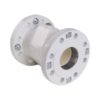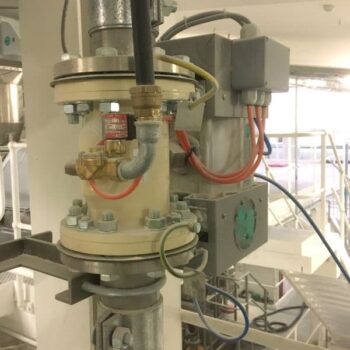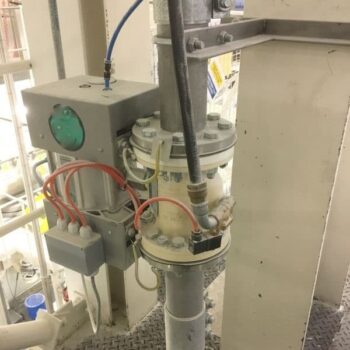A food manufacturing company in the UK have been using numerous PInch Valves from the VF range within their different sites across the country for 12 years.
An engineer on site was kind enough to talk to us and send through some images of the VF Pinch Valves for powders in situ. Unfortunately, he had been experiencing some frustrating problems with one of the Pinch Valve internal rubber sleeves failing rather quickly, after just a few weeks whereas they were previously lasting months, if not years. Customer satisfaction is AKO’s top priority, so when the engineer told us the details of the application and how the company were operating the pinch valve for powders etc, we were able to help.






